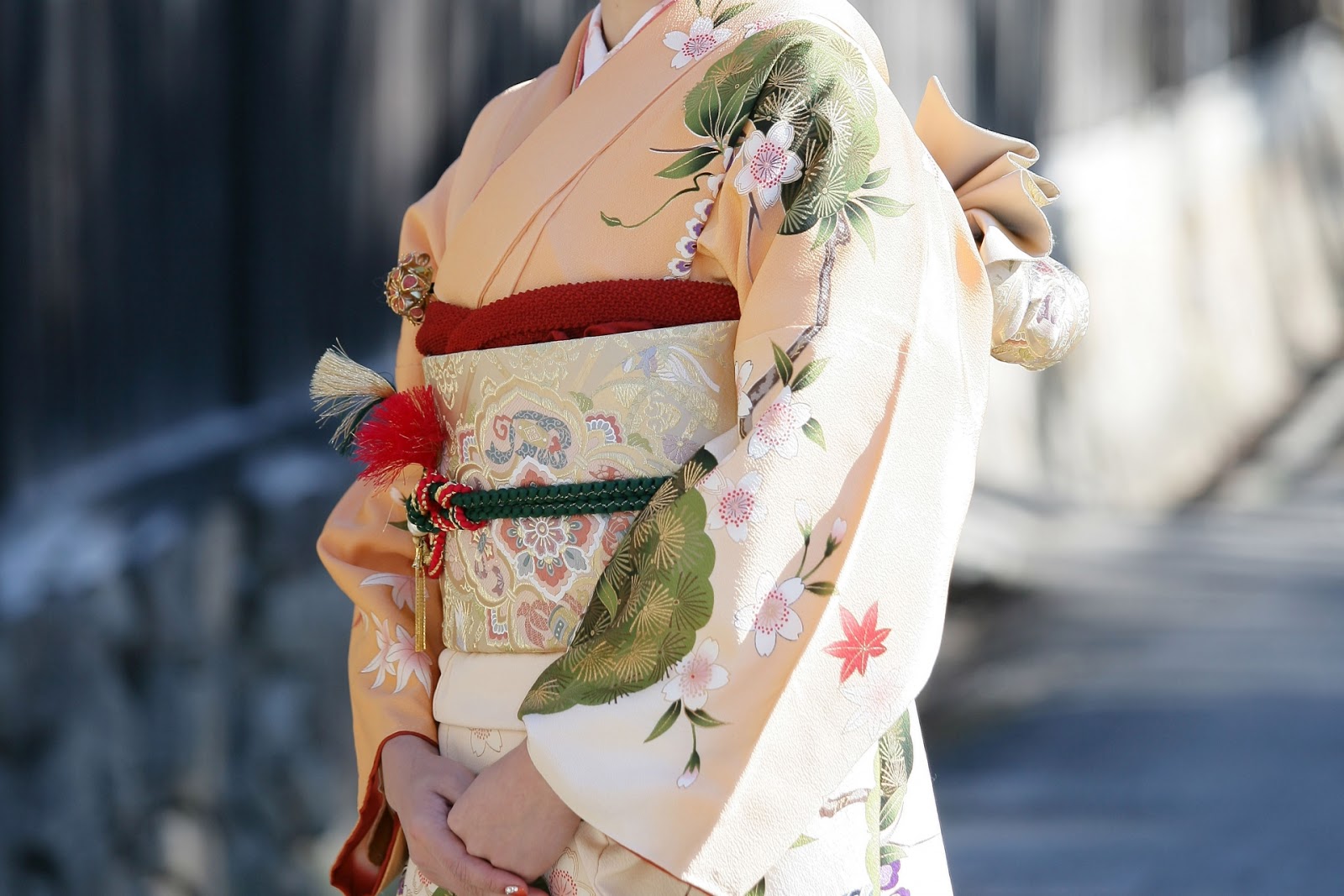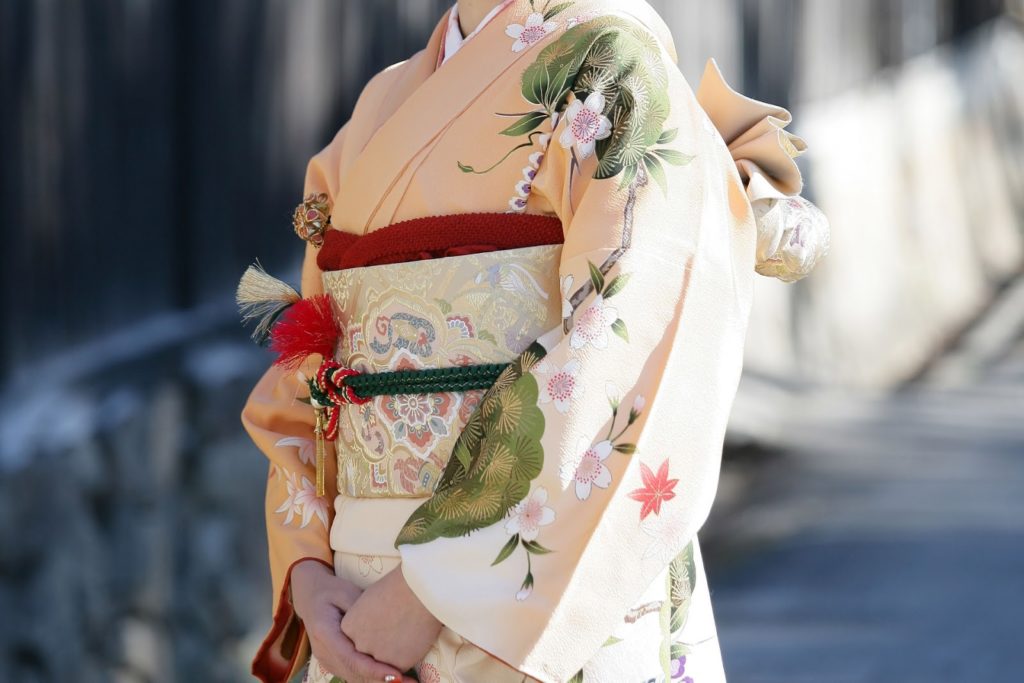In Japanese, ‘beautiful’ is “きれいKirei”. When you want to tell someone “you are beautiful”, you can say “Anata wa Kirei desu”, or “Anata wa totemo Kirei” to mean ‘you are very beautiful’.
How do you say “you are beautiful”?
Please note that “あなたAnata” is a little tricky word in Japanese. It literally means “you”, but it doesn’t sound friendly, or even you might sound bossy when you say “Anata” to somebody.
I recommend just to say “(someone’s name) wa Kirei”. Even if she or he is in front of you, we don’t really use the word “Anata” in casual conversations.
“Kirei” is usually used for women. If you are talking about a man, you can say, “Totemo kakko-ii (very cool) !”
Most Japanese women also like to be told: “かわいいkawaii (meaning ‘cute’)”. “Kawaii” has different meanings, like ‘nice’, ‘little(small)’, ‘good’, but most of the time, it sounds positive. If you say to a Japanese lady “kawaii (you are cute)”, I am sure that she will be happy.
Japanese women like to use this word “Kawaii”. It is sometimes even overused. When they say “Kawaii!”, she may just mean “I like it!”. You can use this term to admire almost everything, such as cars, cosmetics, people, animals.
What is the difference between ‘きれいKirei’ and ‘かわいいKawaii’?
‘きれいKirei’ and ‘かわいいKawaii’ both are adjectives. ‘Kirei’ means ‘beautiful’ or ‘good-looking’, ‘Kawaii’ means ‘cute’ or ‘nice’. ‘Kirei’ is more likely used for women rather than men, it also is used to describe scenery, images (pictures, photos), movements of performances, music.
‘Kawaii’ is not only used for a wide variety of things such as people, clothes, cosmetics, cars, houses, animals, flowers, but you can also say it to describe abstract things; attitudes, expressions, ideas, or an invisible thing like voice.
I said that both ‘Kirei’ and ‘Kawaii’ are adjectives. However, we have two different types of adjectives in Japanese, and they are not the same ones. There is some more information about grammar at the end of this article.
Can we use it for my girlfriend?
When you are with your beautiful Japanese girlfriend, you can use both ‘Kirei’ and ‘Kawaii’. ‘Kirei’ is used to admire her appearances; her face, body, skin, hands, eyes or clothes. You can say ‘Kawaii’ for a wider range of things, not only for her appearance but also for her voice, attitude, ideas, expressions, clothes, make-up, hairstyle, and so.
Although ‘Kirei’ often is translated into ‘beautiful’ in English, the meaning of beautiful in English is more comprehensive than ‘Kirei’ in Japanese. For example, when some people say ‘the food was beautiful in that restaurant’, they may be meaning that the food was delicious more than that the food was good-looking. ‘Kirei’ in Japanese doesn’t have the meaning of delicious.
In English, you can also say ‘life is beautiful’, but we don’t say ‘life is Kirei’ in this case either. Sometimes people say ‘life is Utsukushi-i’, using another Japanese word which means beautiful as well, but they are in a poetic mood.
A tiny piece of grammar:
In Japanese, there are ‘i-adjective’ and ‘na-adjective’. I-adjectives always end with ‘い i’ sound, though there are a couple of exceptions: for example, ‘きれい Kirei (beautiful), and ‘きらい Kirai (dislike)’ are na-adjectives, though they end with ‘い i’.
‘Kirei’ and ‘Kawai-i’ both finish with the letter ‘い i’, but ‘Kirei’ is a na-adjective, and ‘Kawai-i’ is an i-adjective. The conjugation for two of them are below;
[Na-adjective] Conjugation for ‘きれい Kirei’ in plain style (a casual way):
きれい kirei (positive)
きれいじゃない kirei -janai (negative)
きれいだった kirei -datta (positive, past-tense)
きれいじゃなかった kirei -janakatta (negative, past-tense)
[I-adjective] Conjugation for ‘かわいい Kawai-i’ in plain style (a casual way):
かわい kawai-i (positive)
かわいくない kawai-kunai (negative)
かわいかった kawai-katta (positive, past-tense)
かわいくなかった kawai-kunakatta (negative, past-tense)





Comments